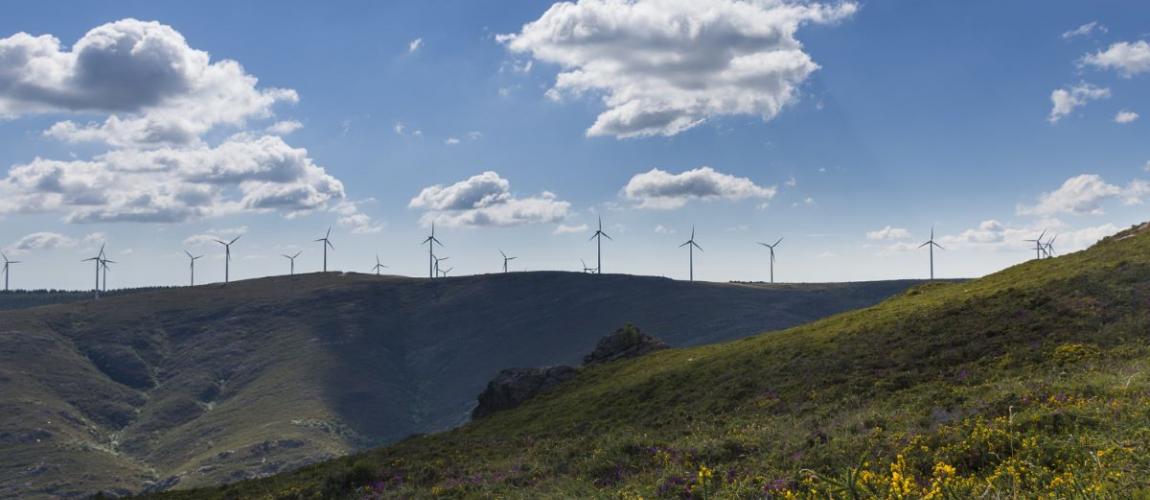Mongolia – Addressing Disruptive Technology through Renegotiation and Energy Regulation

Photo Credit: Image by Pixabay
On this page: Case Study 1: Mongolia – Renegotiation of tariffs in PPAs caused by disruptive technology.
Mongolia has been exploring renewable energy as a solution to tackle heavy reliance on coal for electricity generation, dependence on imported energy, and increasing energy demand. As of 2018, about 96 percent of the power in the country was generated by coal-fired combined heat and power plants. Mongolia’s climate provides great potential for utility-scale solar development. To incentivize this development, Mongolia enacted the Renewable Energy Law in 2007 with an aim to promote green and sustainable energy development in the country. The law mandated a fixed feed-in tariff for electricity generated by renewable energy sources, i.e., wind, hydro and solar power. The law was amended in 2015, mainly to introduce feed-in tariff support for investments made in the renewable energy sector. Further, in June 2015, the Parliament of Mongolia approved the State Policy on Energy, which declared the state's ambition to increase the share of renewable energy to 20 percent in 2020 and 30 percent in 2030. The generous feed-in tariffs for solar of 2007 (from US$0.15 to US$0.18 per kilowatt-hour (kWh)) incentivized investments in solar. At the same time, they led to capacity oversubscription. In addition, with falling solar prices in global markets and solar energy becoming more and more competitive, the high contracted feed-in tariffs seemed increasingly “out of market.” In 2018 the solar power price benchmark was estimated to be from US$0.0645 to US$0.0813. In 2018 the government of Mongolia recognized that a reform of the renewable energy regulatory framework was necessary, especially for solar power price setting. The Energy Sector Management Assistance Program (ESMAP), a multi-donor technical assistance trust fund administered by the World Bank, provided funding for this technical assistance (TA) to Mongolia. The TA's objective was to provide advisory services to the Energy Regulatory Commission (ERC) to set a sustainable solar power price and create a strategy for revision of the contractual terms with some of the solar power special permission holders. The recommendations are summarized in the report Support Mongolia with Solar Energy Price Setting of 2018. Between 2013 and 2017 the Energy Regulatory Commission (ERC) of Mongolia granted 29 special permissions for solar PV projects. As of October 2018, these fell into three different groups according to their development stage: Overall, the terms for these PPAs (10 to 20 years) were shorter than the international average for solar PPAs. The PPAs did not include adjustment mechanisms. The report Support Mongolia with Solar Energy Price Setting recommended the following for reduction of solar power tariffs: The parties entered into a constructive process to solve the issues around the PPAs and established a working group. A renegotiation of the tariffs was, however, not attractive for the private sector parties because the expected loss of revenues was a serious concern for lenders. In 2019, Mongolia amended the Renewable Energy Law. The high feed-in tariff was abandoned and instead, a cap of US$0.08 per kWh was introduced for solar power to reflect current market conditions. In addition, the government introduced auctions as an additional procurement method for renewable energy development. The model PPA for future solar contracts will deal with some of the issues that have surfaced in relation to the first PPAs for renewable energy deployment. Renegotiation of tariffs in PPAs caused by disruptive technology can be difficult if they impact return expectations of investors. Source: World Bank and ESMAP (Energy Sector Management Assistance Program). 2018. Support Mongolia with Solar Energy Price Setting: Final Report.
Background
PPP Projects
Lessons Learned
The Disruption and PPPs section is based on the Report "PPP Contracts in An Age of Disruption" and will be reviewed at regular intervals.
For feedback on the content of this section of the website or suggestions for links or materials that could be included, please contact the Public-Private Partnership Resource Center at ppp@worldbank.org.
Updated: